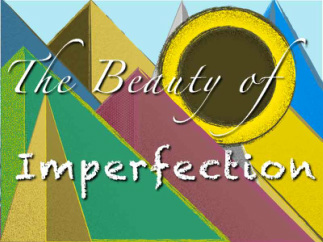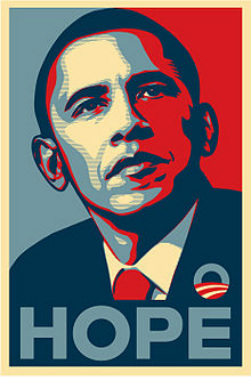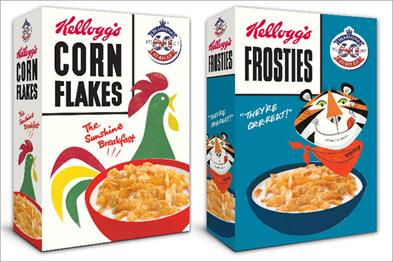
By cash-in, I of course mean pay tribute to her majesty's 60 glorious years of service.
One upside of this blatant marketing onslaught was the special limited-edition packaging which temporarily flooded our supermarket shelves.

This can be seen in Shepard Fairey's Hope posters for Obama's 2008 election campaign, hand-drawn illustrations on gig posters, the popularity of designs by Cath Kidston and Orla Kiely, The Guardian's beautifully simple graphics work and the unstoppable ubiquity of the Keep Calm and Carry On posters.
In a world before the iMac and Adobe, traditional graphic design was done by hand. A designer's tools were pens, paper, transparencies, french curves, Letrasets and stencils.
This lo-tech approach inevitably introduced a degree of imperfection. Lines were not perfectly straight. Type wasn't always perfectly aligned. Screenprinted blocks of colour could look uneven and patchy.
This imperfection brings an unconscious but powerful level of humanity to any communication. The reader unconsciously knows the (visual/ verbal) communication has come from a human being, rather than from a piece of software or worse, a marketing committee. The communication can seem all the more genuine. More honest.
Notice how brands such as Innocent Smoothies, Body Shop and Graze tend to feature a more hand-drawn feel to their visual branding? Their core values are based on back-to-basics simplicity and honesty.
There is a heavy irony about modern designers using state-of-the-art digital technology to recreate the glitches and imperfections of the past. And being retro for the sake of being retro gets old quickly.
But a designer who uses their modern toolbox with restraint and taste, creates work which connects to customers at a personal human level; that will always be timeless.
For design and copywriting created by humans for humans, give Sunflower a call.


 RSS Feed
RSS Feed